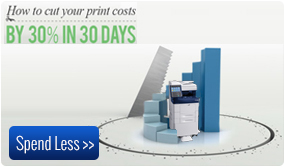Cyberattack Risks for SMBs
Businesses around the world are increasingly falling victim to cyberattacks, costing millions of dollars in lost data and time. Many small and medium sized businesses feel like they’re too small to be targeted, but nearly half of all attacks are aimed at these companies. Taking steps to protect your company is vital to your survival in this ever-changing digital landscape.
Common Types of Cyberattacks
Most cyberattacks fall into one of these categories:
Denial of service (DoS)
Password attack
Malware
In a DoS attack, hackers flood a network with information and requests, causing a “traffic jam” that doesn’t allow legitimate business to get through. If your system becomes too overloaded, it can crash and shut down. It can take hours or days to recover from a denial of service attack, during which your company and clients are at a stand-still.
Password attacks seek to gain access to your system by stealing login data. Sometimes this is done by trying various password combinations until one works, while other times thieves install cameras or software to log key strokes.
Malware attacks are perhaps the best known. This category encompasses viruses, worms, ransomware, and Trojan horse software. Malware can be installed on your system in a variety of ways, but the most common is through email attachments or malicious links in emails or advertisements.
Preventing Attacks
Though cyberattacks can be devastating to your business, simple precautions can dramatically reduce your risk of being victimized. Experts recommend taking these steps:
Install a robust anti-virus program to scan emails, files, and webpages. Be sure you update it regularly.
Install all security patches from your software and operating system manufacturers.
Use and update a firewall.
Tracking software can help detect and stop a DoS attack.
Passwords should be […]















